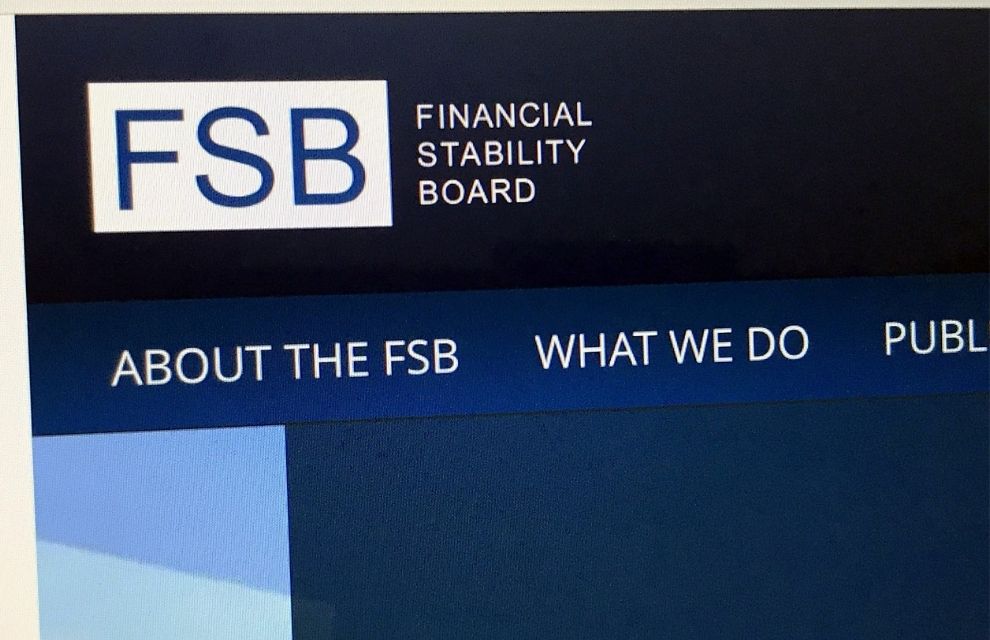FSB publishes updated list of G-SIBs
23 November 2021 Switzerland
 Image: AdobeStock/ Jarretera
Image: AdobeStock/ Jarretera
The Basel Committee on Banking Supervision (BCBS) has published updated versions of the high-level indicators that it uses to categorise global systemically important banks (G-SIBs).
The Committee’s methodology is applied to assess the systemic importance of global banks based on 12 indicators, which are calculated using data from the end of the preceding fiscal year (2020). This data is submitted by the bank’s themselves and validated by national competent authorities.
By applying this methodology, the Financial Stability Board has identified 30 banks on the 2021 list of G-SIBs. These are the same 30 banking organisations that made up the 2020 G-SIB list.
The requirements for G-SIBs are higher than for other banking organisations — representing additional standards that G-SIBs must meet over and above those applied to all banks with international activities under the BCBS Core Principles.
Specifically, G-SIBs must hold a higher capital buffer. On the basis of the 2021 assessment, published today, three banks have moved to a higher bucket regarding the capital buffers they are required to hold by the national authorities. These banks are JP Morgan Chase, BNP Paribas and Goldman Sachs.
Alongside the regulatory capital requirements established in the Basel III framework, G-SIBs must demonstrate a higher capacity to absorb losses as defined by the Total Loss Absorbing Capacity (TLAC) standard. This TLAC standard has been phased in from 1 January 2019 for G-SIBs that were identified in the 2015 G-SIB list.
Third, national authorities will typically apply higher supervisory expectations to G-SIBs in terms of risk management, risk data aggregation capabilities, risk governance and the requirement for internal controls.
Also, G-SIBs must demonstrate that they have a group-wide resolution planning framework in place and subject themselves to regular resolvability assessments.
Earlier in November, the BCBS validated technical revisions to the G-SIB assessment methodology review process. These will replace the existing three-year review cycle with a system of ongoing monitoring and review.
The FSB will publish its next G-SIB list in November 2022, based on data for the 2021 fiscal year.
The Committee’s methodology is applied to assess the systemic importance of global banks based on 12 indicators, which are calculated using data from the end of the preceding fiscal year (2020). This data is submitted by the bank’s themselves and validated by national competent authorities.
By applying this methodology, the Financial Stability Board has identified 30 banks on the 2021 list of G-SIBs. These are the same 30 banking organisations that made up the 2020 G-SIB list.
The requirements for G-SIBs are higher than for other banking organisations — representing additional standards that G-SIBs must meet over and above those applied to all banks with international activities under the BCBS Core Principles.
Specifically, G-SIBs must hold a higher capital buffer. On the basis of the 2021 assessment, published today, three banks have moved to a higher bucket regarding the capital buffers they are required to hold by the national authorities. These banks are JP Morgan Chase, BNP Paribas and Goldman Sachs.
Alongside the regulatory capital requirements established in the Basel III framework, G-SIBs must demonstrate a higher capacity to absorb losses as defined by the Total Loss Absorbing Capacity (TLAC) standard. This TLAC standard has been phased in from 1 January 2019 for G-SIBs that were identified in the 2015 G-SIB list.
Third, national authorities will typically apply higher supervisory expectations to G-SIBs in terms of risk management, risk data aggregation capabilities, risk governance and the requirement for internal controls.
Also, G-SIBs must demonstrate that they have a group-wide resolution planning framework in place and subject themselves to regular resolvability assessments.
Earlier in November, the BCBS validated technical revisions to the G-SIB assessment methodology review process. These will replace the existing three-year review cycle with a system of ongoing monitoring and review.
The FSB will publish its next G-SIB list in November 2022, based on data for the 2021 fiscal year.
← Previous regulation article
EU legislators postpone implementation of CSDR mandatory buy-in provisions
EU legislators postpone implementation of CSDR mandatory buy-in provisions
NO FEE, NO RISK
100% ON RETURNS If you invest in only one securities finance news source this year, make sure it is your free subscription to Securities Finance Times
100% ON RETURNS If you invest in only one securities finance news source this year, make sure it is your free subscription to Securities Finance Times



